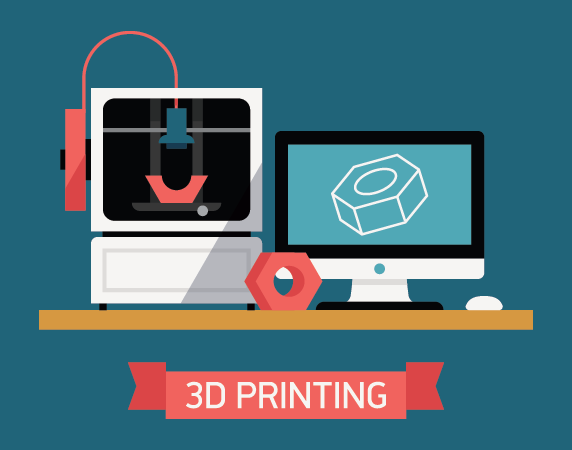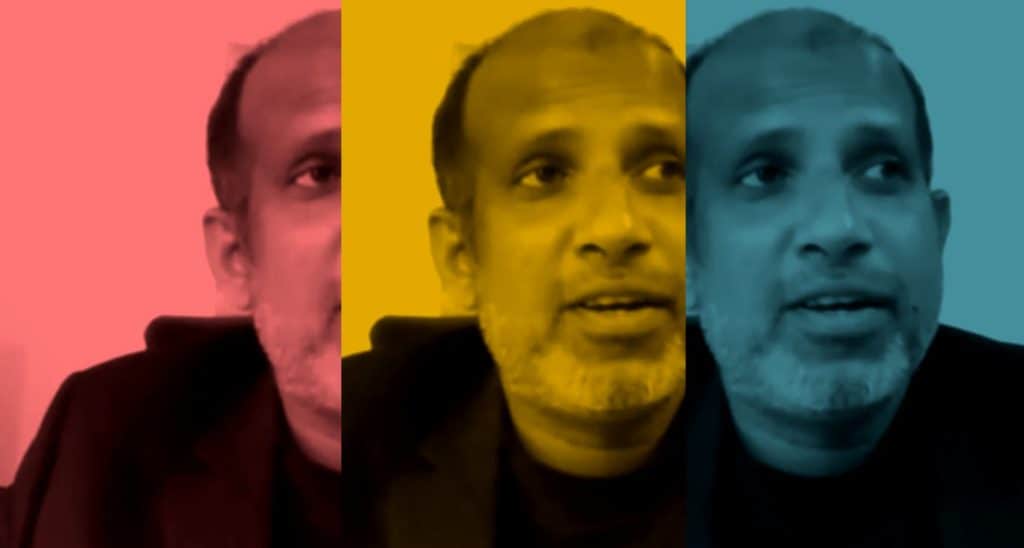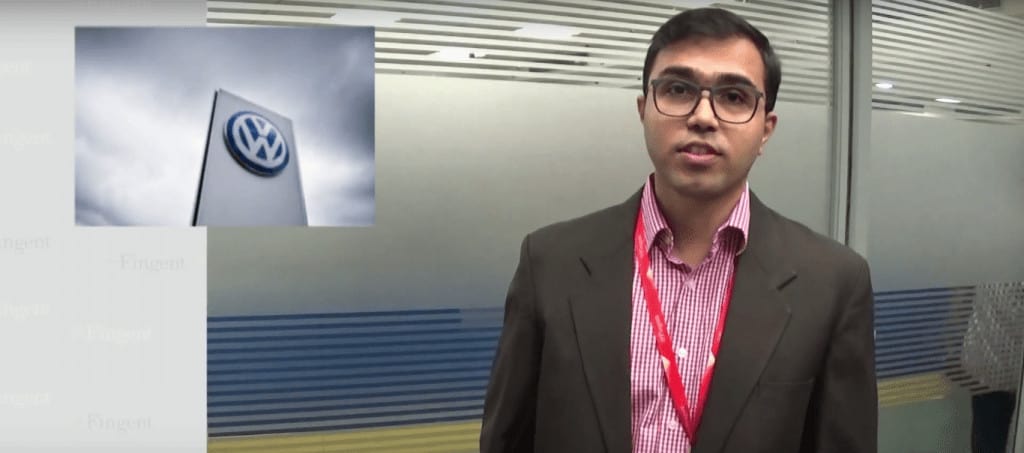Strategic Technology Trends
According to Gartner, a strategic technology trend is one that is likely to or has the potential to have a significant impact on the organization, like the chance for a disruption to business or Information Technology users or the need to make a huge investment etc. These are all business decisions that are likely to affect the organization in a huge way in terms of its long-term goals or initiatives.
It’s that time of the year again when organizations start charting out their strategic technology plans for the coming year and prepare themselves to meet the resources and expenses for the same. What are the trends in technology that most organizations are likely to adopt in the future?
Here is a list of the top 10 strategic technology trends as per Gartner, that are likely to affect digital business opportunities and processes:
- The device mesh – Device mesh is a term used to describe the expandable endpoints, or in simple words, the devices that people use to access applications or information and also to communicate and interact with people through social and business communities. It includes devices like mobile phones, wearables, home electronic devices and automotive or environmental devices as well. Most of these devices are almost always connected to back-end systems through various networks these days. But sometimes, they also have been working in isolation from one another. According to Gartner, we can expect connection models to diversify and expand to facilitate greater coordination and interaction between devices to emerge. Now, as far as line managers are concerned, this would probably mean better coordination between various departments in the organization and therefore, better ability to ensure that all employees are on the same page when it comes to progress in work.
- A continuous user experience – As a result of the device mesh, a new continuous and ambient user experience is formed, with deeply engaging environments and virtual reality being just a part of it. This leads to a continuously flowing user environment, that helps to save time and space across a changing set of devices and interaction channels, and also merge physical, virtual and electronic environments together as users move from one place to another. David Cearley, vice president and fellow at Gartner, feels that these advanced experiences will go on to become a major differentiator for Independent Software Vendors (ISVs) and enterprises by 2018. This again contributes to bringing different departments in an enterprise closer and hence makes it easier for line managers to monitor and supervise his team.
- 3D printing – In 3D printing, there have been several huge advances in terms of materials used like nickel alloys, carbon fibre, glass, electronics, pharmaceuticals, conductive ink, electronics and the like. These improvements also drove up the user demand for 3D printing, as the practical applications of 3D printers has expanded to different sectors like aerospace, military, medical, automotive and energy. According to Gartner, the growing range of 3D printable materials will drive a compound annual growth rate of 64.1% for enterprise 3D printer shipments by 2019. And these improvements actually entail a need to re-plan assembly line and supply chain processes to make use of 3D printing.

- Information of everything – The digital mesh, mentioned above, entirely makes use of, produces and transmits all kinds of information, ranging from audio or video to sensory and contextual information. Information of everything seeks to address this inflow with the help of technology and strategies to combine data from all different data sources. Such information has always existed everywhere. It was due to the lack of capabilities to classify and analyze them, that always made such data incomplete, isolated or unavailable. But now, with advances in semantic tools such as graph databases and other fast emerging data analysis techniques, we would be able to bring more meaning to the usual rush of information.
- Machine learning – Machine learning makes use of certain Deep Neutral Nets (DNNs), that have capabilities far beyond regular computing and information management, to produce systems that can independently learn to perceive the world on their own. As discussed, the large influx of information and its complexity makes it infeasible and also uneconomic for manual analysis and classification. That is where DNNs succeed, in addressing the challenges arising from the trend of ‘information of everything’ and in making machines intelligent.
DNNs are advanced form of machine learning applicable to large complex data sets, that enable machines (hardware or software based) to learn for themselves, all kinds of features in their environment, from the tiniest of details to the most complex ones. As this area is rapidly progressing, organizations, more specifically, line managers, need to figure out ways and means of using these technologies to gain competitive advantage. - Independence – As a consequence of the digital mesh and advanced machine learning put together, there is a whole range of smart machine implementations like Virtual Personal Assistants (VPAs), robots, autonomous vehicles and smart advisors, that have a huge impact, not only on the physical front, but also on the software side. VPAs like Google Now, Cortana and Siri, are the perfect examples of an ambient or continuous user experience provided by autonomous agents. These agents are soon becoming the main user interface in most systems, by which people can literally talk to the apps, rather than interacting with menus and buttons. Line managers and IT leaders need to find ways to use such autonomous agents and things, to augment human activity and free people from work. Although, we must keep in mind that this is a long-term phenomenon that is likely to evolve and expand rapidly over the next few years.
- Advanced adaptive security – Digital business these days, with an algorithmic economy and a fast emerging ‘hacker’ industry, increase the threat platform for an organization. Regular security methods like perimeter defense and rule-based security would be inadequate, especially since organizations are now making use of more cloud-based services and open APIs for customers and partners to integrate with their systems. Line managers need to figure out new, advanced, adaptive security techniques like application self-protection through user and entity behaviour analytics and the like.

- Advanced systems – The device mesh and smart machines call for high level computing architecture to make them viable for organizations. There are several high powered and super efficient neuromorphic architectures that can provide this push. With the help of field-programmable gate arrays (FPGAs), neuromorphic architectures have several significant benefits like, “being able to run at speeds greater than a teraflop” with high energy efficiency. According to David Cearley, “Systems built on GPUs and FPGAs will function more like human brains that are particularly suited to be applied to deep learning and other pattern-matching algorithms that smart machines use.”
- Mesh app and services – According to Gartner, the traditional monolithic, linear application designs, that is, the three-tier architecture are leading towards a more integrated approach: the apps and services architecture. With software-defined application services, this new design enables web-scale performance, flexibility, and agility. Microservice architecture is another emerging design for building distributed applications that support agile delivery and scalable deployment, both on-premises and in the cloud. Containers are also emerging as a useful technology for facilitating agile development and microservice architectures. Development teams must create new architectures to provide agile, flexible and dynamic cloud-based applications with similar user experiences that comprise the digital mesh.
- IoT platforms – Internet of Things (IoT) Platforms actually compliment the mesh app and services architecture. The various management, security and integration standards of the platform form the basic set of capabilities for building, managing and securing elements in IoT. It basically constitutes the work behind the scenes, done from an architectural and technological point of view, that make IoT a reality. It is an essential part of the device mesh and continuous user experience.
As is evident from the above technological trends, it is a “one-thing-leading-to-another” scenario, with each of the likely trends linked to the other. The device mesh has a lot of consequences and the ambient user experience, being one of those, has its own separate consequences.
All of these strategic technological trends mean more coordination and interaction between departments in an organization. For line managers, who know exactly what their team needs and is capable of, technology is literally going to be their best friend, who understands the team just as well. In all, with all these advancements, it looks like this year will be a year of transformation to the next level yet again, just like the previous was.
Stay up to date on what's new

Recommended Posts

01 Jan 2016
Fingent Spotlight – Technology Predictions for 2016 From The CEO, V Sam
2016 will be the year when technology will bridge the gap between the physical and digital world. The Internet of Things and the rise of connected data will bring even……

30 Dec 2015
Fingent Spotlight – Technology Trends for 2016, Deepu Prakash – Video
Fast technology pace, sudden paradigm shifts, changing business models and the fall or rise of the year- predicting technology trends can often be like reading tea leaves. Who would have predicted Google……

03 Sep 2015
Transforming the Field Management Landscape With Hot Technologies
The demand for field service management solutions has been on the rise for a very long time now and it has reached an all time high. According to a recent……

01 Sep 2015
3D Printing + IoT= The Future
Will 3D printing change the way the world think, see and understand things? Of course it will, and if you aren’t excited about the whole thing, mark that you are……
Featured Blogs
Stay up to date on
what's new















 US
US Insurance
Insurance









































